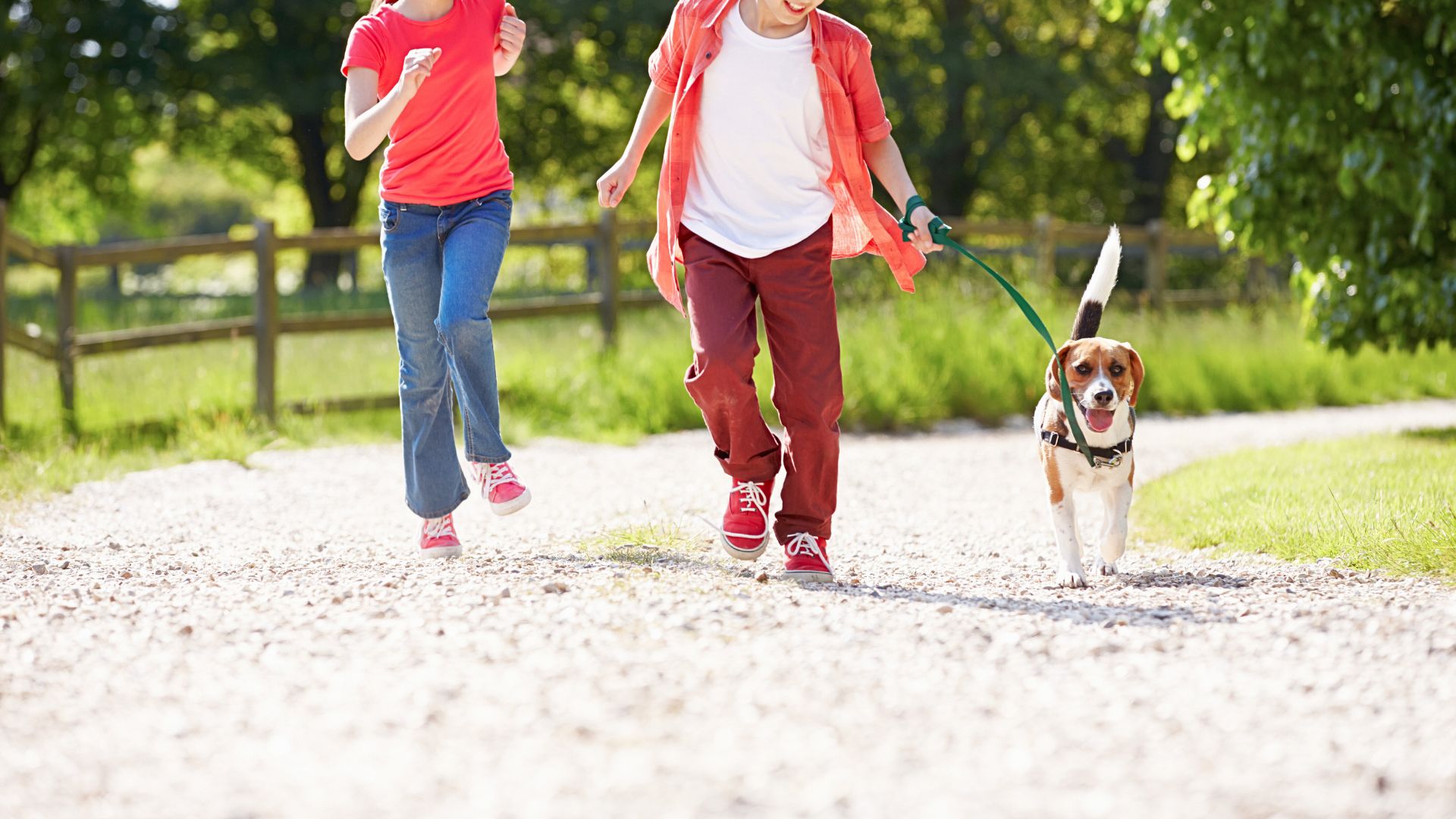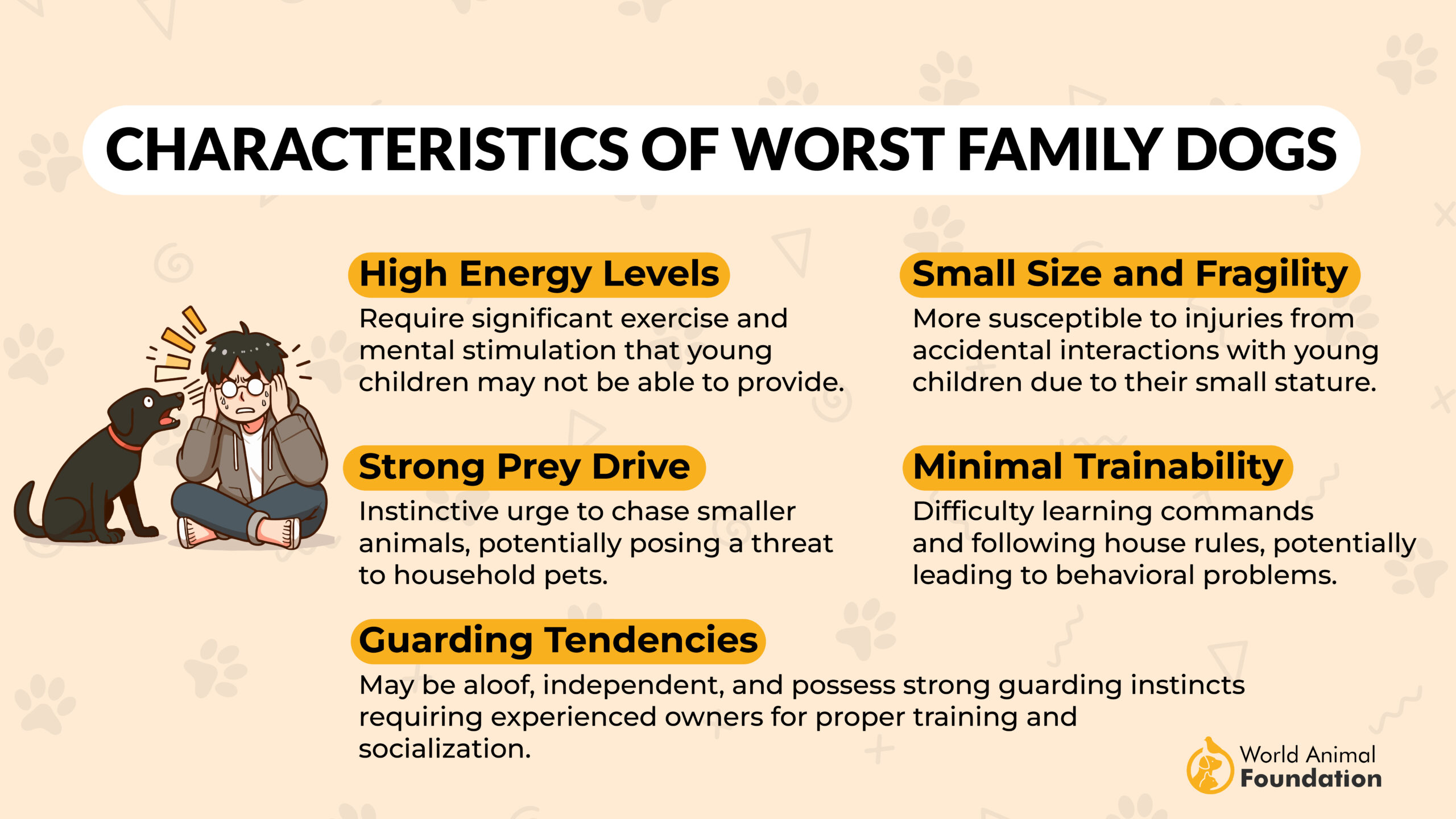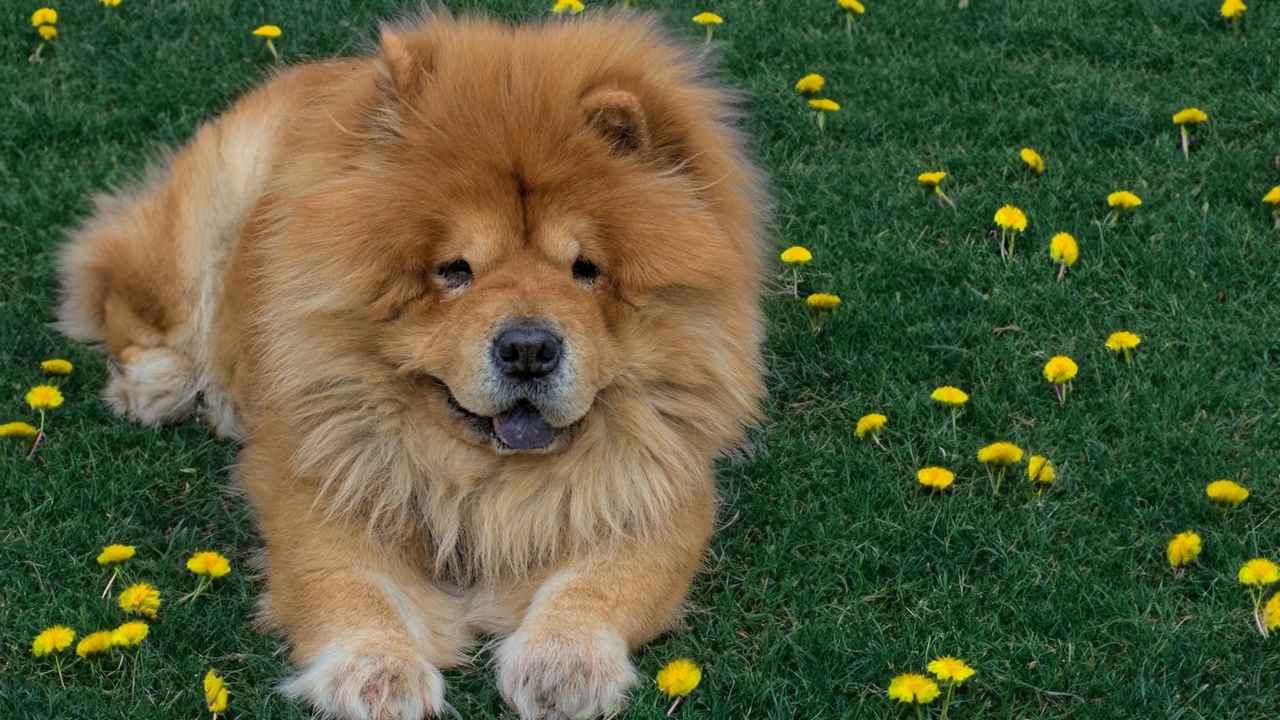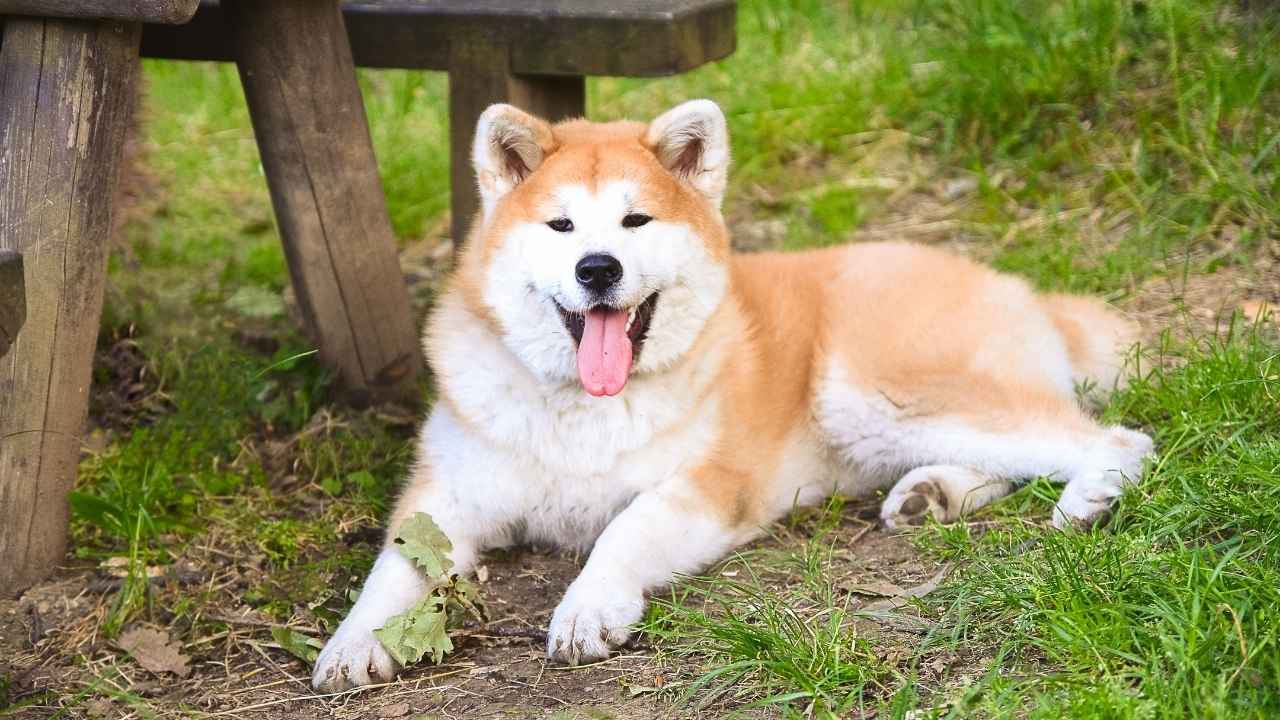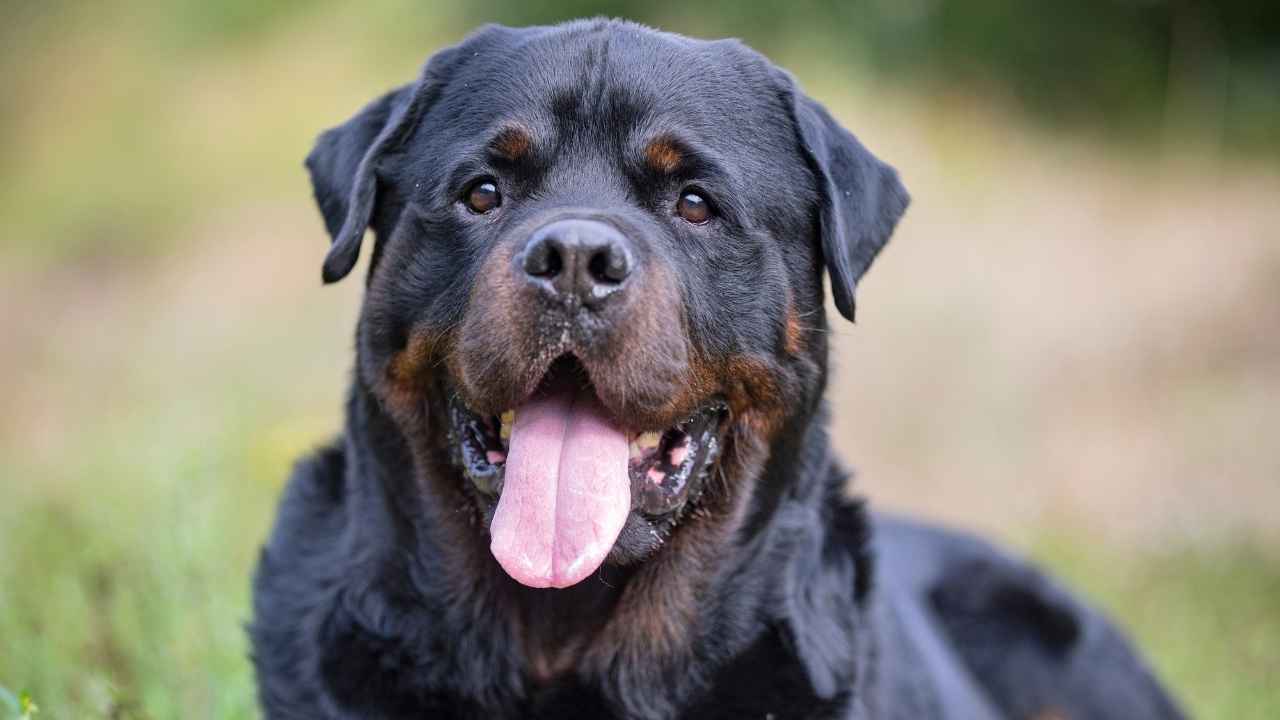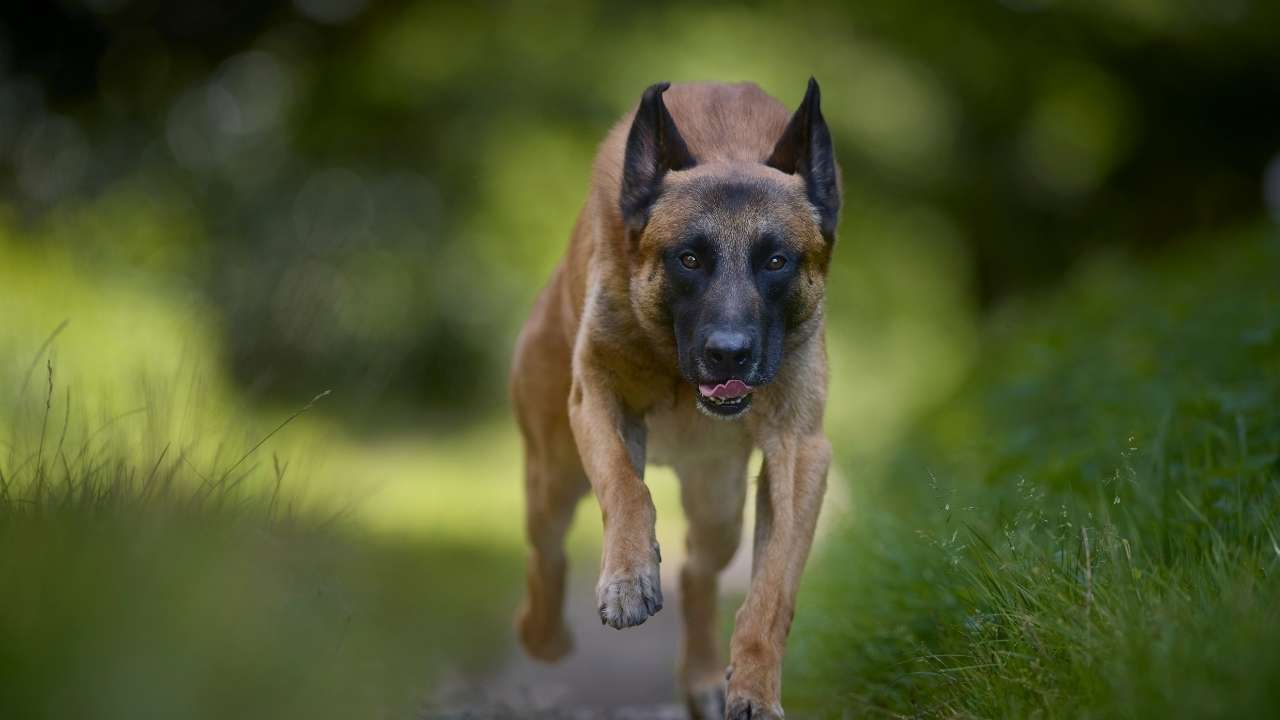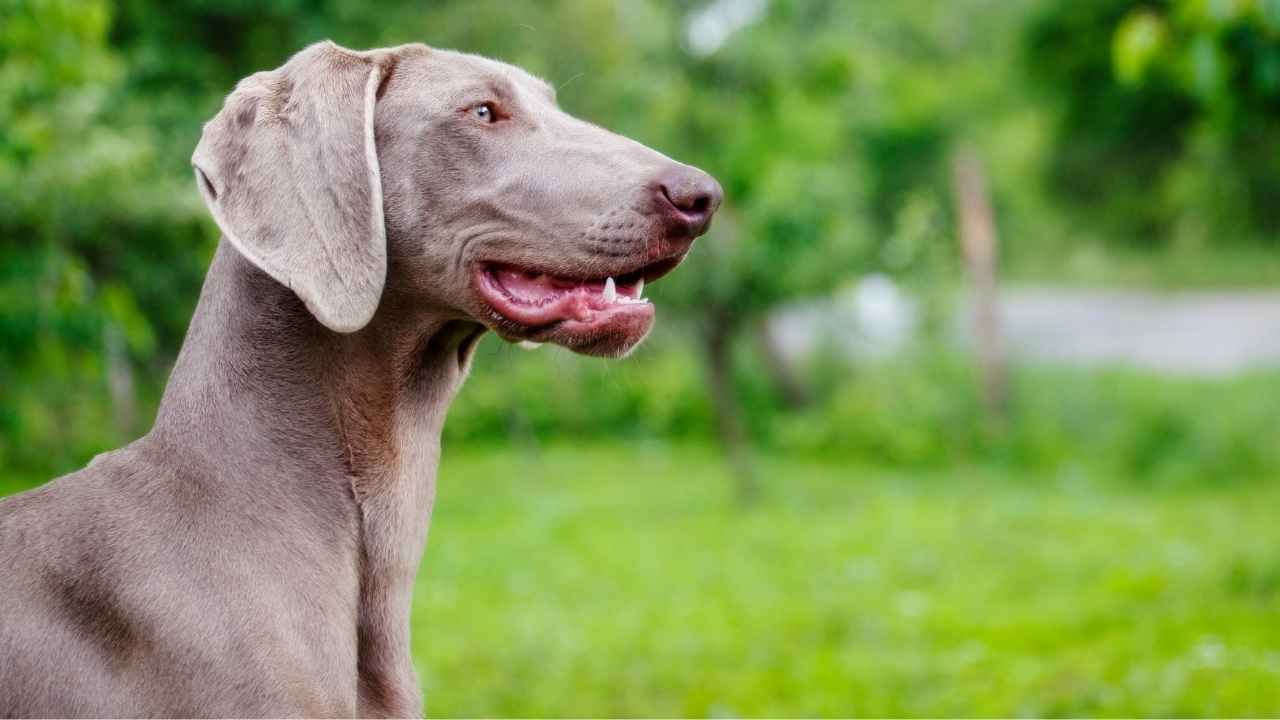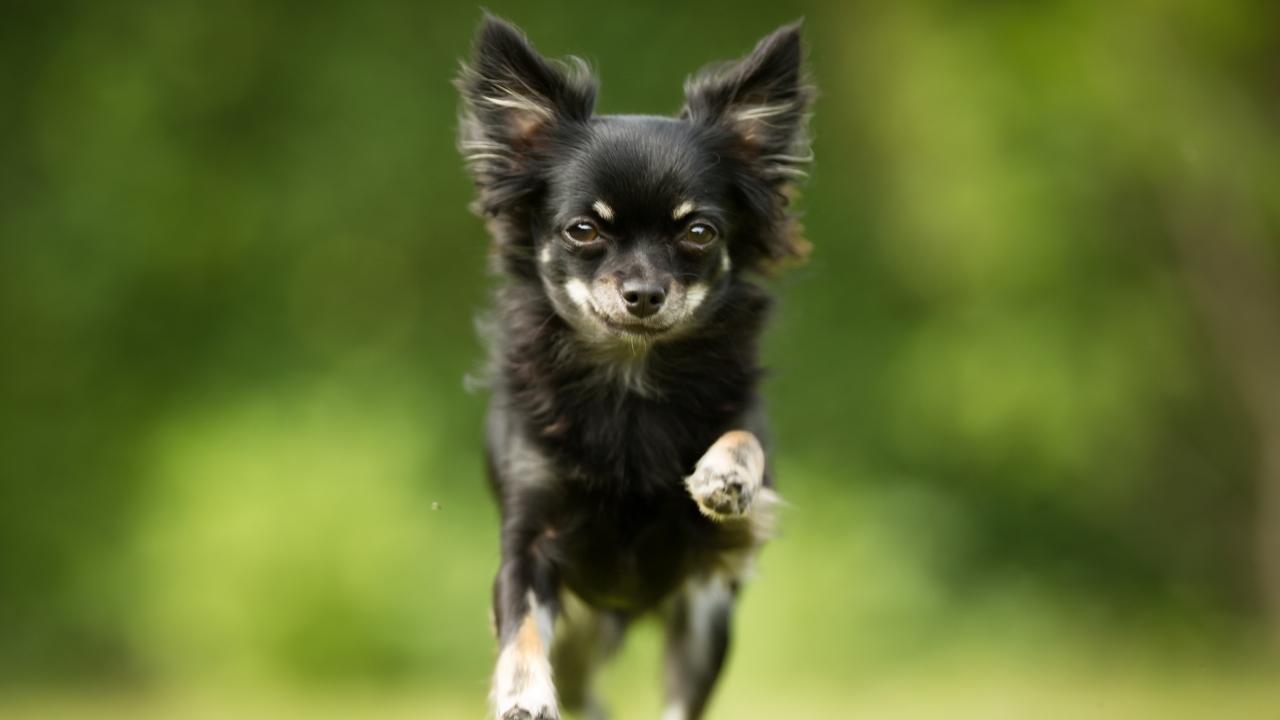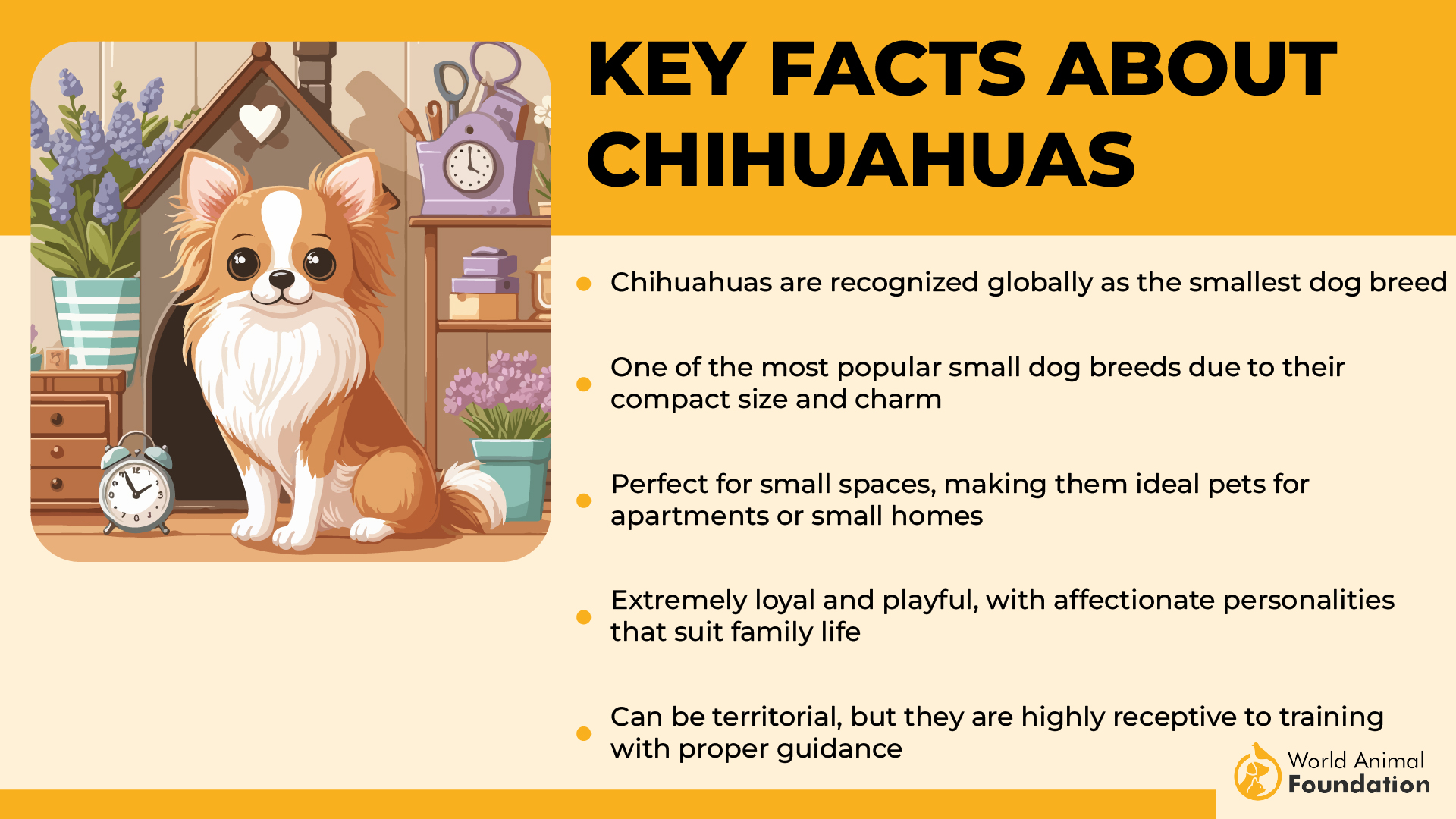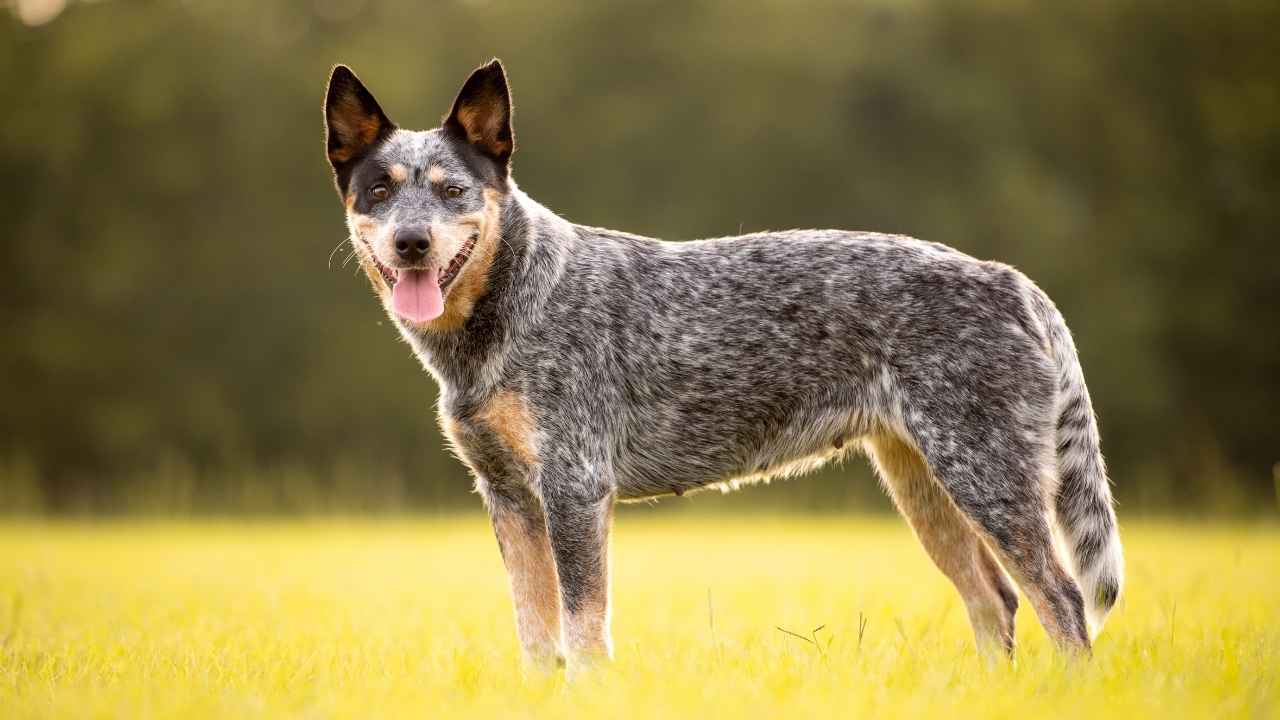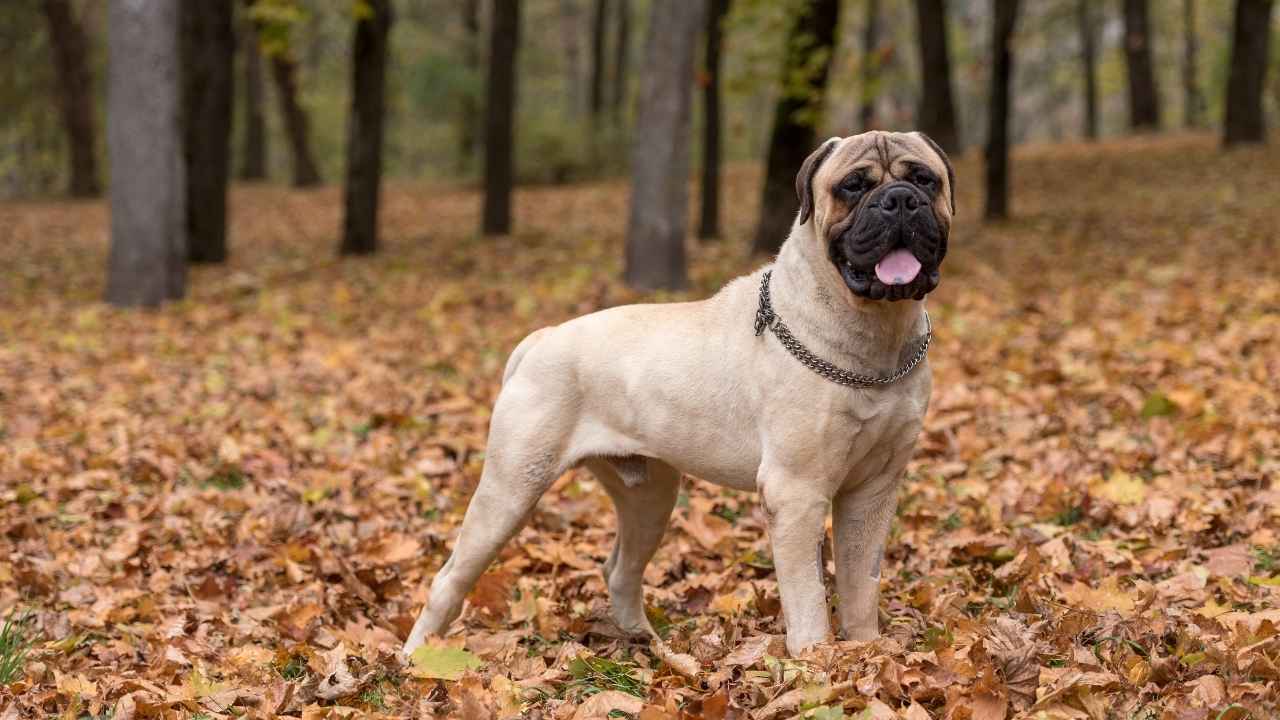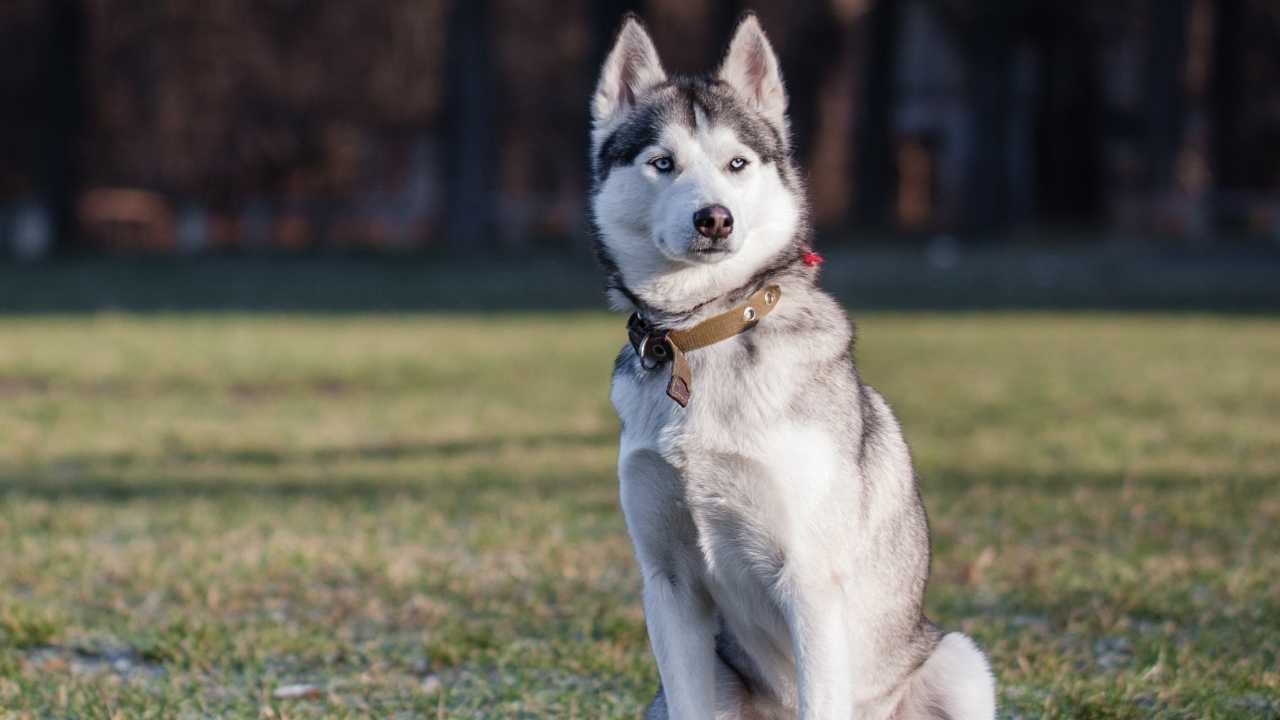When it comes to choosing a family dog, especially for homes with young children, the safety and compatibility of the breed are paramount. While many dogs are known for their gentle and affectionate nature, some breeds may not be ideally suited for families with young kids due to their distinct temperaments, energy levels, or care needs. Understanding these differences is crucial in making an informed decision to ensure a harmonious and safe environment. In this guide, we’ll explore nine dog breeds that experts often recommend avoiding for households with young children, highlighting considerations every family should take into account.
Have you ever wondered if every dog is naturally good with kids? While many breeds make loving family pets, some require more training, structure, and supervision than others. Choosing the right dog isn’t just about cuteness—it’s about safety, compatibility, and understanding a breed’s needs.
Certain breeds have traits like strong guarding instincts, high energy, or a low tolerance for rough play. Even the most well-meaning puppy can grow into a dog that struggles in a busy household. Studies show that most dog-related injuries in children come from family pets, not strays.
This doesn’t mean these breeds are bad—they just need the right environment and experienced handling. Some dogs are too independent, some too powerful, and others simply too fragile for little hands. Without proper socialization, any dog can become anxious or reactive.
Let’s explore nine breeds that may not be the best fit for families with young children.
9 Dog Breeds Not Recommended for Young Children
1. Chow Chow
At first glance, the Chow Chow’s adorable lion-like mane makes it seem like a fluffy companion. However, this breed has a naturally aloof temperament and doesn’t tolerate children’s rough play.
Petplan mentions that known for its dominant personality, the Chow Chow tends to be wary of strangers and can feel uncomfortable when tail pulling or rough handling occurs.
Beyond temperament, their thick coats require meticulous care, adding to their high-maintenance needs. They also tend to be food-possessive, meaning they may react poorly if a child approaches their bowl. Chow Chows need a set routine and firm training, making them a challenge for new dog owners.
Their low tolerance for chaos and independence make them one of the worst dog breeds for small kids. While they may bond with older children who understand boundaries, younger ones can accidentally provoke their guarded nature. Proper training is crucial, but even with socialization, this breed is better suited for families with older kids.
|
Low – Prefers routine |
Aloof, dominant, territorial |
Challenging – Requires firm leadership |
2. Akita
Majestic and powerful, the Akita is a striking breed that commands respect. However, these large dogs have a strong guarding instinct and do not tolerate children’s unpredictability well. If a small child plays rough or startles them, an Akita might react defensively rather than with patience.
PDSA mentions that originally bred to hunt large game, Akitas possess an exceptional prey instinct and can be wary of small animals or unfamiliar guests.
Their thick coat also means they shed heavily, requiring frequent grooming. Regular exercise is crucial, but their independent nature makes them less likely to enjoy chaotic playtime with kids.
Akitas needs an experienced owner who can set firm boundaries and earn their respect. Without proper training and socialization, they may become overly protective, making them one of the worst dog breeds for families with young kids. While they thrive in homes with older children who understand dog behavior, small kids may not be safe around this naturally dominant breed.
|
Moderate – Prefers structure |
Reserved, independent, protective |
Difficult – Requires experienced handling |
3. Rottweiler
Rottweilers are often misunderstood, with their bad reputation stemming from their powerful build and natural guarding instincts. While they can be loving pets, their strong-willed nature means they require a firm hand from an early age. This breed is highly protective and may feel threatened if roughhousing occurs between kids.
VCA warns that physically, Rottweilers are large and muscular, which can lead to accidental injury if they knock over a small child.
Their exercise needs are high, and without regular activity, they can become restless or even destructive. A Rottweiler thrives in a home where they are given tasks and proper training.
Despite their intelligence, their guarding tendencies make them less suited for busy households with unpredictable small children. Older kids who understand mutual respect can form strong bonds with a Rottweiler, but younger ones may unknowingly push their boundaries.
|
Moderate – Thrives on structure |
Loyal, protective, dominant |
High – Requires structured training |
4. Belgian Malinois
If you imagine a high-energy dog that requires constant stimulation, the Belgian Malinois fits the description perfectly. Originally bred as herding dogs, they have an innate drive to work, making them less suitable for families with small kids. Their instinct to nip or herd can lead to rough play, which isn’t ideal for younger children.
Hillspet suggests that Belgian Malinois requires extensive training, mental stimulation, and exercise to prevent behavioral issues. They can become anxious or destructive if not given a job to do. While incredibly intelligent, they are also strong-willed and need an experienced owner.
Their herding instinct and high energy levels make them one of the worst dog breeds for homes with small children. Without a proper outlet for their drive, they may develop undesirable behaviors that can be challenging to manage in a family setting.
|
Low – Needs constant activity |
Intelligent, energetic, intense |
High – Requires daily mental and physical exercise |
5. Weimaraner
Elegant and athletic, Weimaraners are a stunning hunting breed known for their boundless energy. However, their excitement and high energy levels can be overwhelming for small children. They tend to jump and play rough, which can unintentionally hurt a child who isn’t expecting their enthusiasm.
Weimaraners require consistent training, daily exercise, and mental stimulation to remain well-behaved. Without this, they can develop separation anxiety, leading to destructive behaviors in the house.
PetMD recommends that while they are affectionate with their families, they need an environment where their energy is properly managed.
Their love for activity makes them better suited for active dog owners rather than busy households with small kids. They bond well with older children who can engage in structured play but can be too much for younger kids who may not understand how to handle them properly.
|
Moderate – Needs space to run |
Affectionate, high-energy, excitable |
High – Requires firm, consistent training |
6. Chihuahua
Tiny but tough, Chihuahuas have a personality far bigger than their small size suggests. While they may seem like adorable dogs for kids, these little canines are surprisingly feisty. Their strong attachment to one person can make them suspicious of others, and they don’t always enjoy the chaos of a child-filled home.
Despite their tiny build, Chihuahuas can be quite defensive, often using a sharp bite as a warning. They don’t tolerate rough play and can easily be on the receiving end of accidental injuries from curious toddlers. A small dog, they have a surprisingly bold, almost terrier-like attitude.
Exercise needs are minimal, but they do love short walks and plenty of mental stimulation. Their diet should be monitored carefully, as they are prone to obesity. While their grooming needs are low, dental care is essential to prevent health issues.
If raised properly, Chihuahuas can be great companions, but they are not naturally good with kids. Their delicate frame, stubborn nature, and tendency to get overwhelmed make them a risky choice for families with young children.
|
Not highly adaptable to noisy, active homes |
Bold, stubborn, and wary of strangers |
Can be trained, but tends to be headstrong |
7. Australian Cattle Dog
At first glance, an Australian Cattle Dog may seem like the best dog for an active family. These intelligent and energetic dogs are devoted to their owners, but they have an intense herding instinct. That means they may nip at running children, seeing them as “livestock” to control.
Unlike Australian Shepherds, cattle dogs tend to be fiercely independent and require structured training from an early age. Without it, their protective nature can turn into dominance, making them a handful for inexperienced owners. They are highly loyal but need an outlet for their energy.
These dogs thrive on physical activity and require rigorous daily exercise. They need a protein-rich diet to fuel their working-dog stamina. Mental stimulation is just as important—without it, they can become destructive. Grooming is minimal, but they shed heavily.
While Australian Cattle Dogs are exceptional working dogs, they are not a family dog for beginners. Their herding instincts, strong will, and need for constant stimulation make them a challenging breed for homes with young kids.
|
Not suited for small apartments or low-activity homes |
Highly intelligent, independent, and protective |
Very trainable but requires experienced handling |
8. Bullmastiff
Massive yet mellow, Bullmastiffs are loyal guard dogs that bond deeply with their families. However, their sheer size and strength can be overwhelming for small children. Even though they have a calm nature, a playful moment can accidentally knock over a toddler.
Unlike a Cane Corso or other protection breeds, Bullmastiffs are not overly aggressive, but they are territorial. They don’t always get along with other dogs, and they require firm training to ensure they remain well-mannered. Socialization is key, as their protective instincts can lead to unnecessary guarding behavior.
Puriana advises that Bullmastiffs need moderate exercise but thrive on companionship rather than constant activity. Their diet should be carefully managed to prevent weight gain. Grooming is minimal, but due to their size, healthcare costs can be high.
For families with young children, the Bullmastiff’s size, strength, and guarding instincts may pose challenges. While they can be a calm presence in the home, their protective nature and powerful build require a responsible owner who understands large-breed care.
|
Best for spacious homes with experienced owners |
Loyal, protective, but strong-willed |
Trainable but requires consistent leadership |
9. Siberian Husky
Beautiful and full of personality, Siberian Huskies are one of the most striking dog breeds, but they come with challenges. Originally bred as sled dogs, they are energetic, independent, and love to run—traits that don’t always mesh well with a home full of young children.
Unlike a family dog that craves constant affection, huskies are free-spirited and stubborn. They have a high prey drive, so they may not be the best dogs to have around small pets. While they are friendly, they are not naturally good at following rules, making training a constant effort.
Exercise is crucial—these dogs need vigorous physical activity to stay happy. A tired Husky is a well-behaved Husky, but an under-exercised one can become destructive. Their thick double coat requires frequent brushing, and they shed excessively, especially in warmer months.
WebMD reveals that Siberian Huskies are fun-loving, but their boundless energy and independent streak make them tricky for families with small children. If you’re looking for an easygoing pet, steer clear of these high-energy escape artists.
|
Requires space and a highly active owner |
Playful, stubborn, and independent |
Hard to train due to their strong-willed nature |
Conclusion
Choosing the right dog for your family isn’t just about picking the cutest puppy—it’s about understanding a dog’s temperament, energy levels, and instincts. Certain breeds, like Australian Cattle Dogs and Siberian Huskies, require experienced owners, while others, like Bullmastiffs, may not realize their strength during roughhousing. Families with young children should consider all these factors before bringing a dog into their home.
While this list highlights some breeds that may not be ideal, other breeds, such as Alaskan Malamutes and Shar Peis, also require careful consideration. Alaskan Malamutes, like Siberian Huskies, have high energy levels and a strong independent streak, making them difficult to train. Shar Peis, on the other hand, can be aloof and sometimes territorial, which isn’t always the best match for playful kids with lots of toys.
Beyond breed traits, other factors like early socialization, consistent training, and a child’s behavior around dogs matter. Even the best-behaved dog can become reactive if mishandled. Teaching children how to respect animals is just as important as choosing the right pet for your home.
In the end, no dog is inherently dangerous, but certain breeds require more patience, structure, and understanding than others. If you’re looking for a kid-friendly companion, focus on breeds known for their gentle and tolerant nature, and always prioritize responsible pet ownership.
When considering a family pet, it’s crucial to weigh the temperament and energy levels of different dog breeds. Certain breeds, such as Chihuahuas or Dalmatians, may not be the best companions for young children due to their high energy, protective nature, or potential for rough play. Understanding these characteristics helps ensure a harmonious environment, minimizing risks of unintentional harm or fear. It’s essential to conduct thorough research and consult with professionals when selecting a breed, prioritizing both the safety of the children and the well-being of the dog. Ultimately, a well-matched pet choice leads to a loving and safe relationship.

